Eugène Robert Pougheon was born in Paris in 1886, studied with Jean-Paul Laurens and Albert Besnard at the École des Beaux-Arts in Paris as well as with Charles Lameire at the École des Arts Décoratifs. In 1914, he won the Prix de Rome. His departure for Rome was delayed by the Great War but he eventually joined the Villa Medici.
With other residents: Jean Dupas, Jean Despujols and Alfred Janniot he was part of the "Rome group" formed at the turn of the 1920s and which was characterized both by the preservation of an academic line and the adoption of the strictest Art Deco modernity.
Pougheon - pronounced Poujon - asserts this affiliation with monumental, geometric yet graceful figures, with an ideal beauty that is both classical and new. Heir to David and Ingres, but also to Puvis de Chavannes, Pougheon is a painter for whom drawing is an art in itself and the foundation of all others. Art historians, notably Jacques Thuillier and Pierre Rosenberg, have considered Poughéon a great master, granting him, well before the major exhibition in Roubaix in 2017, an important place in their hearts and collections.


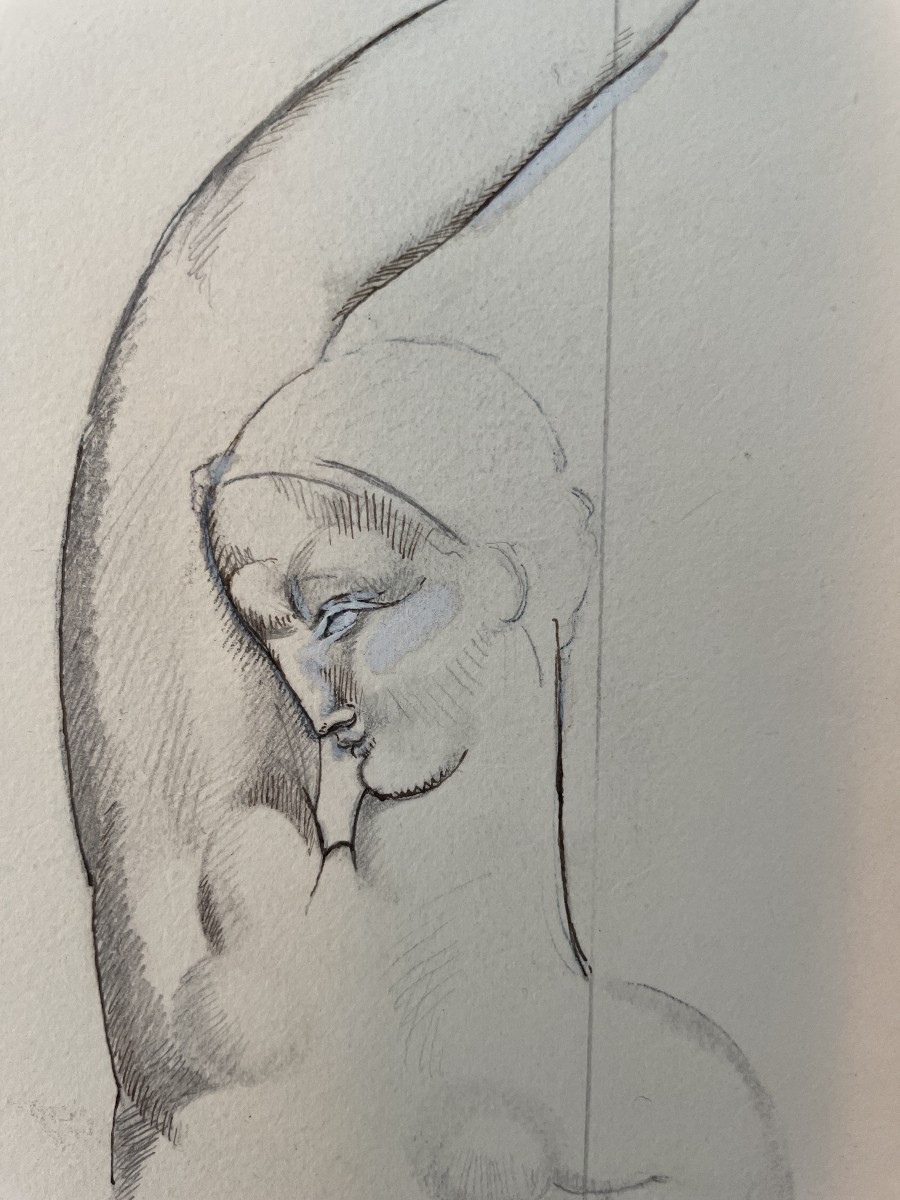
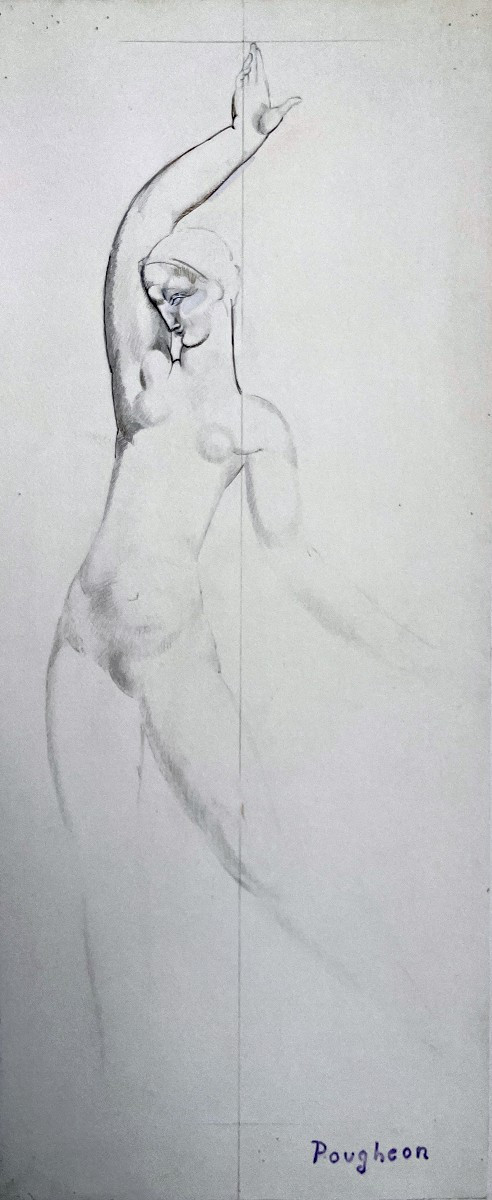
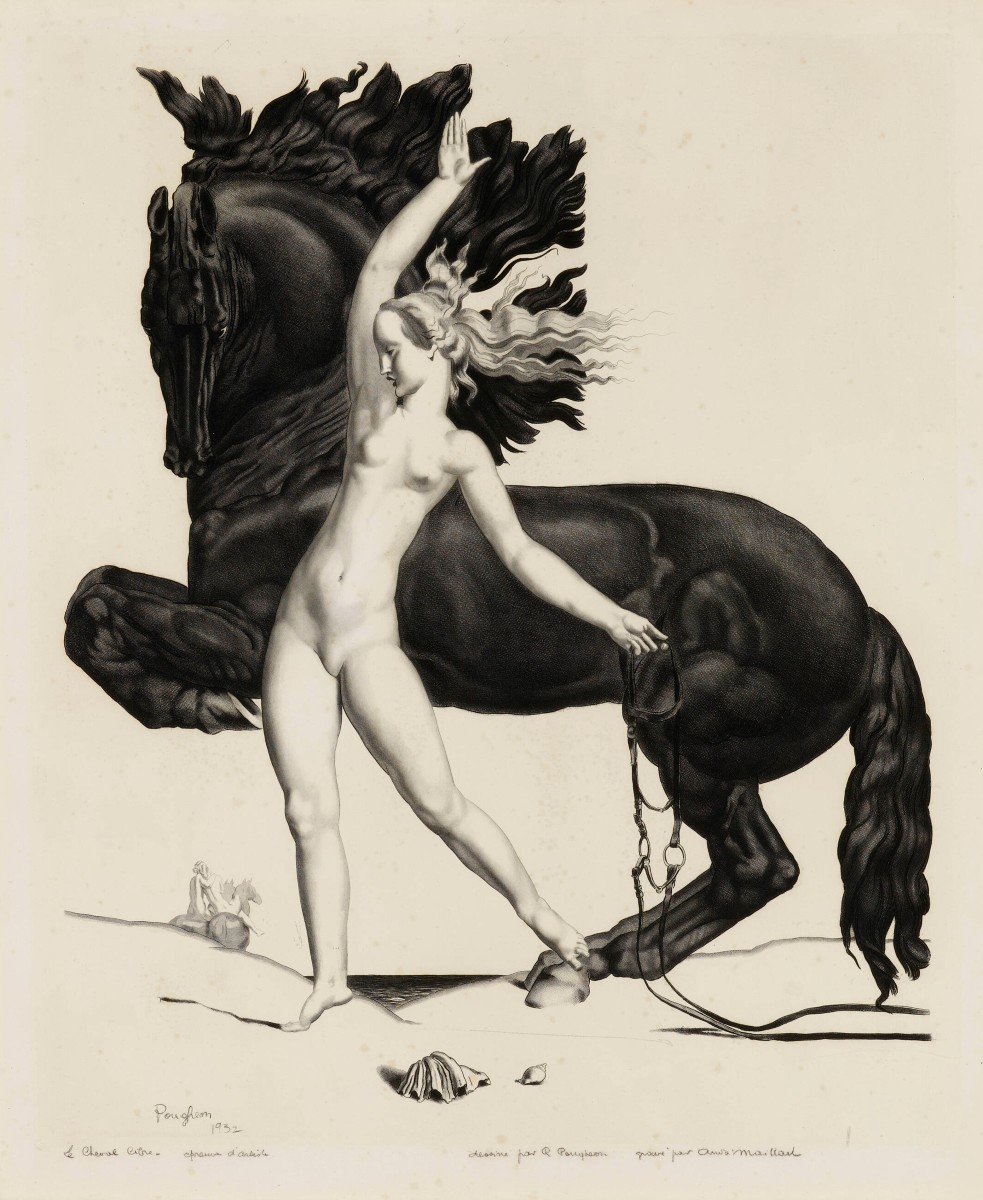
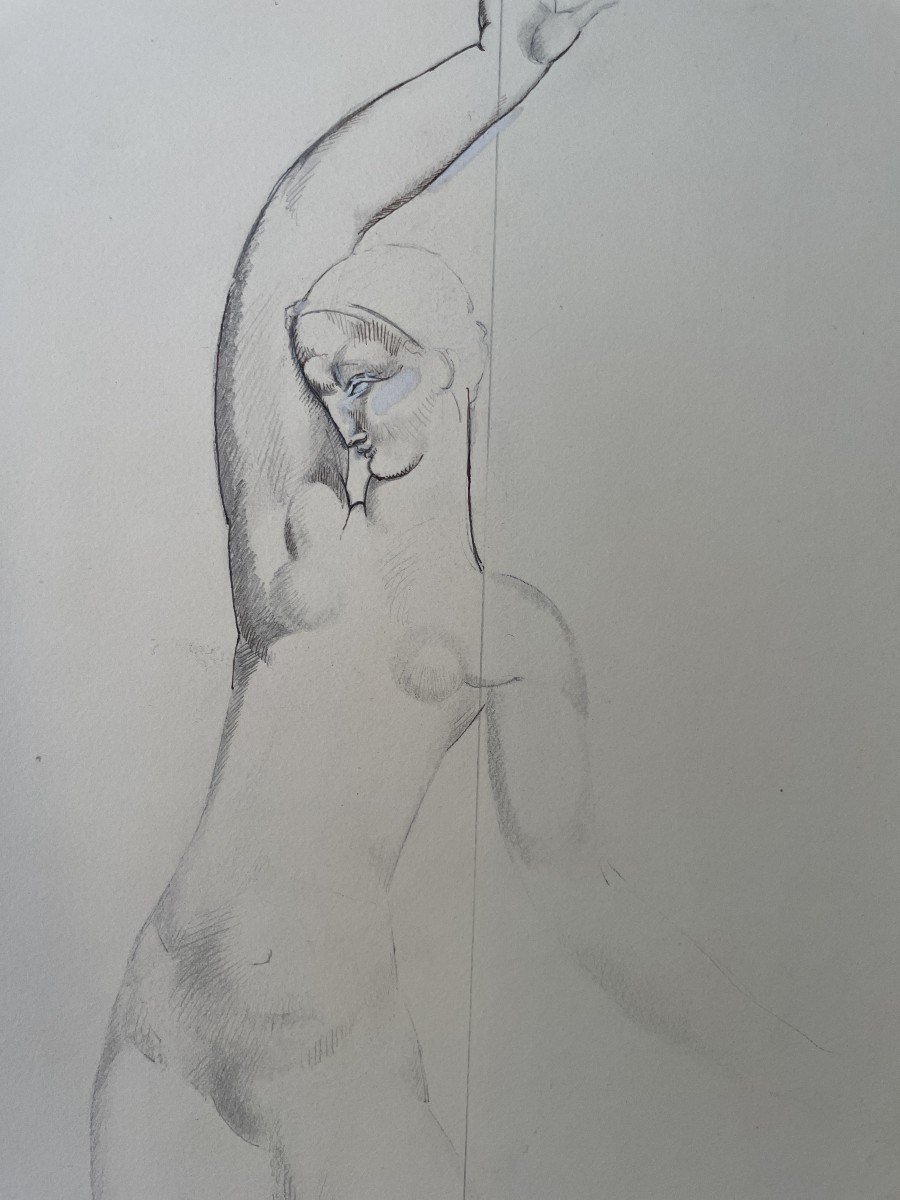










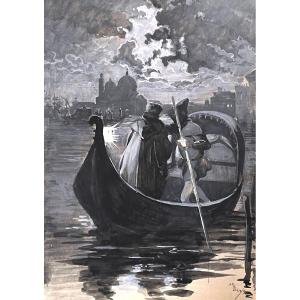








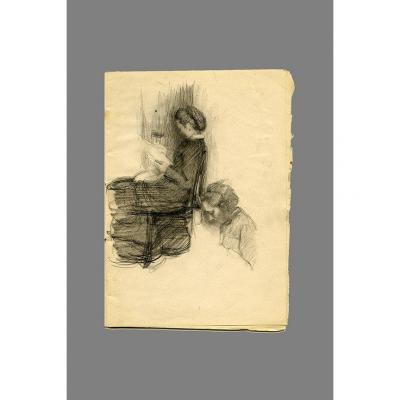


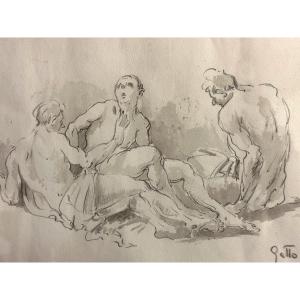




 Le Magazine de PROANTIC
Le Magazine de PROANTIC TRÉSORS Magazine
TRÉSORS Magazine Rivista Artiquariato
Rivista Artiquariato